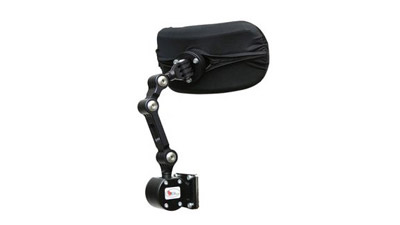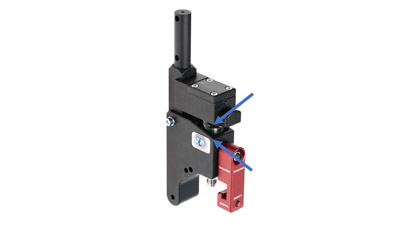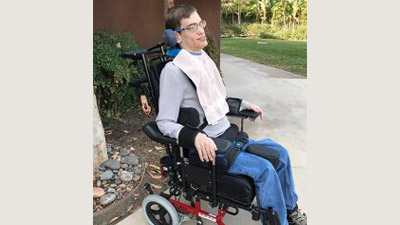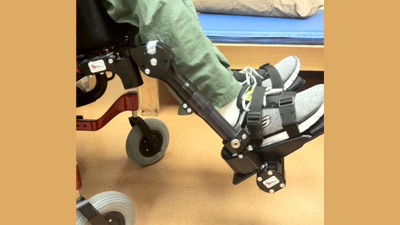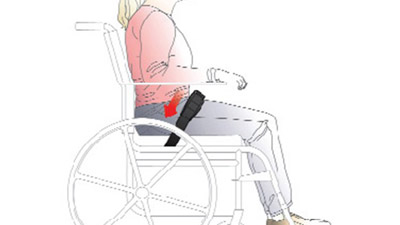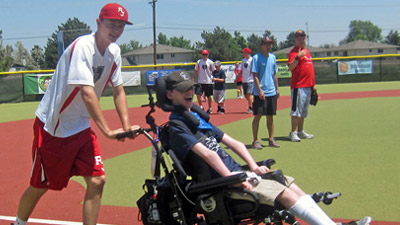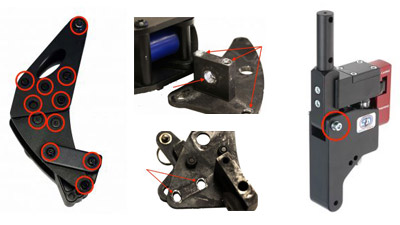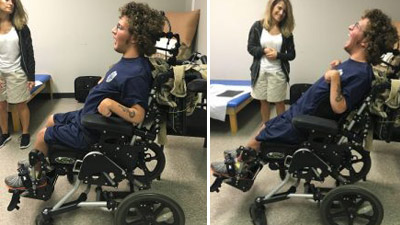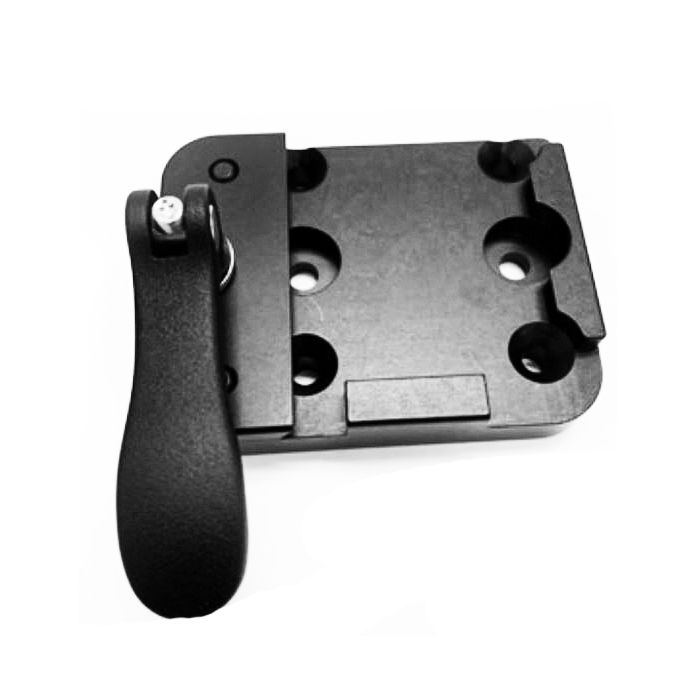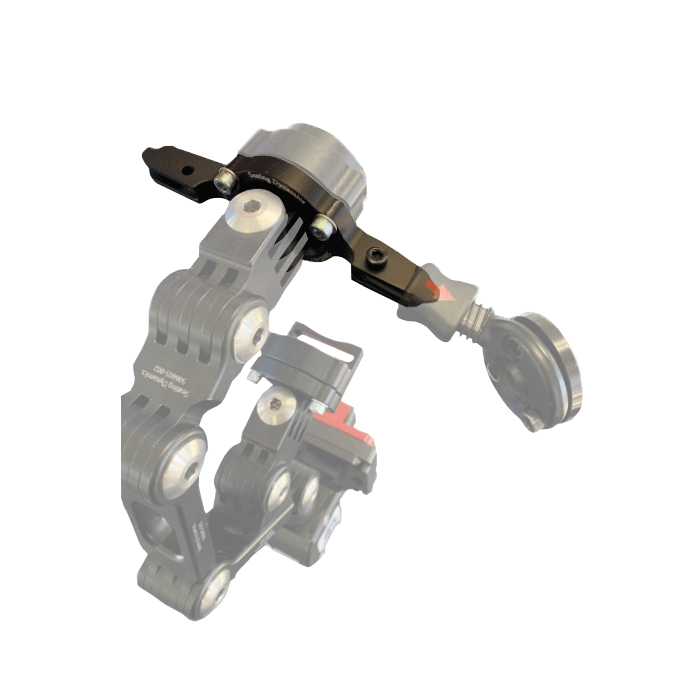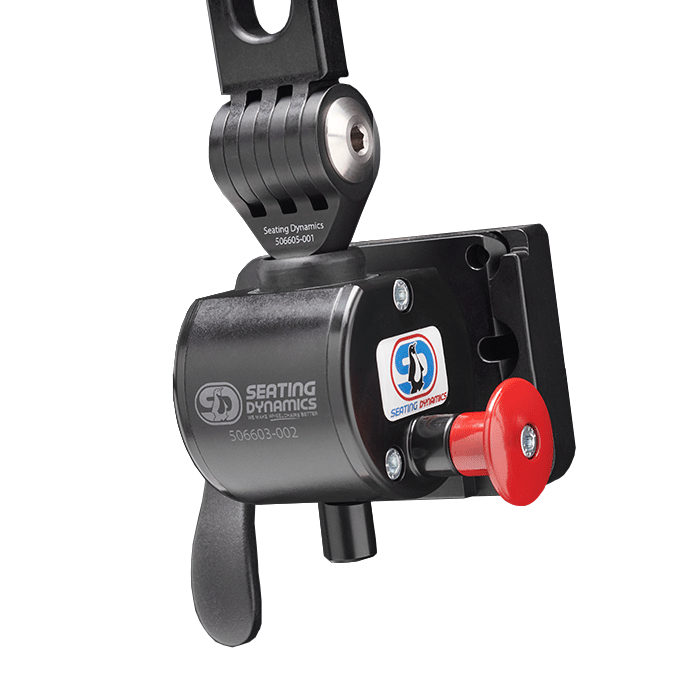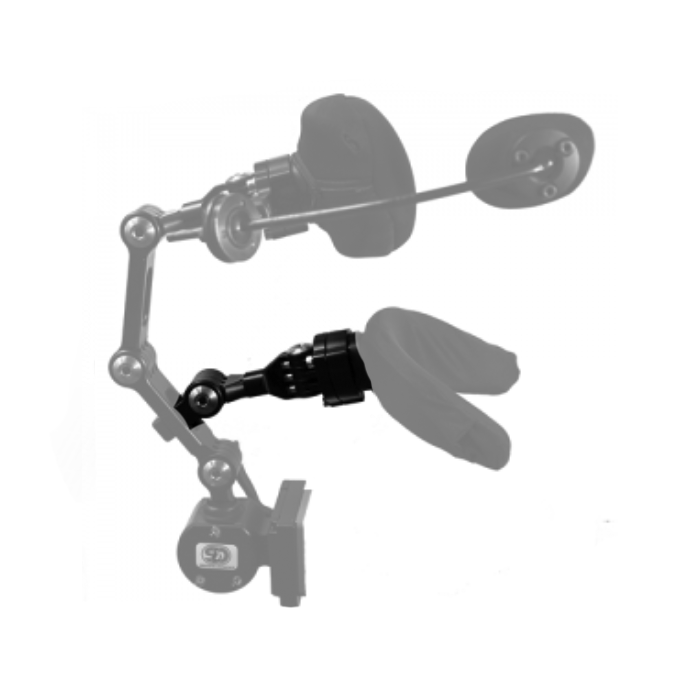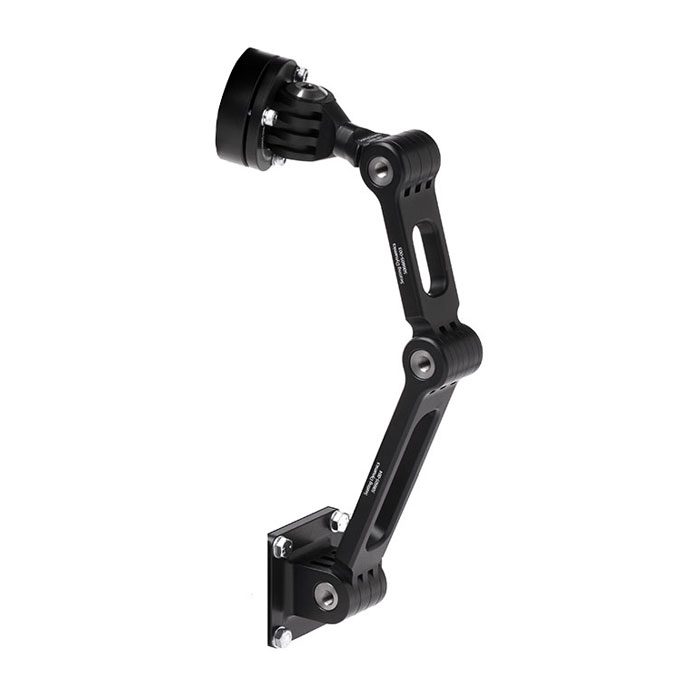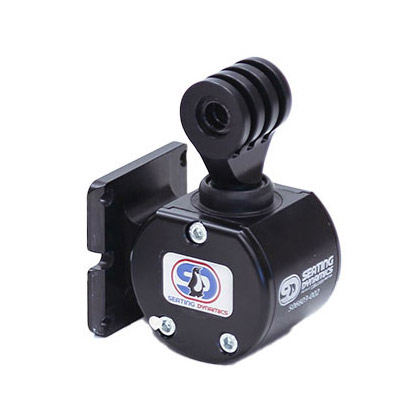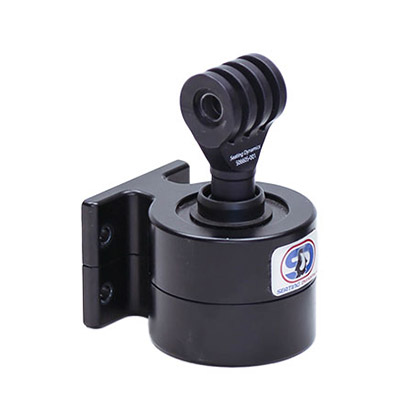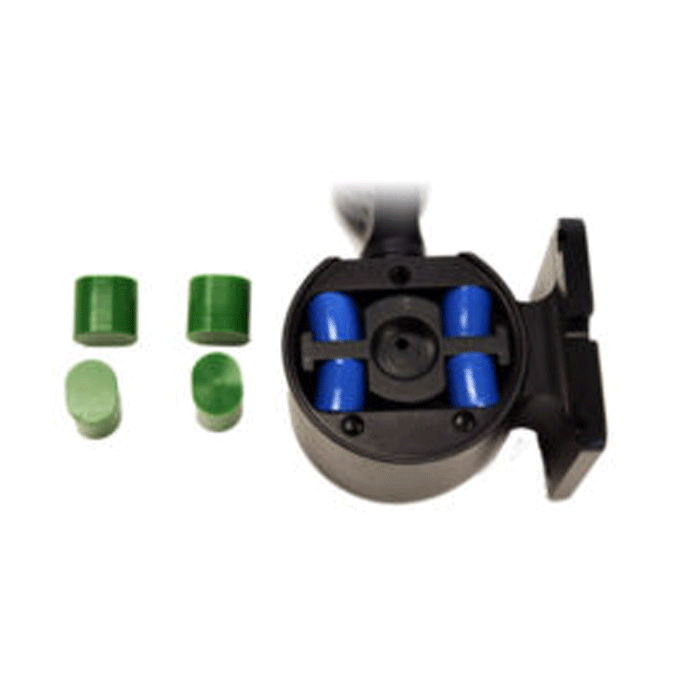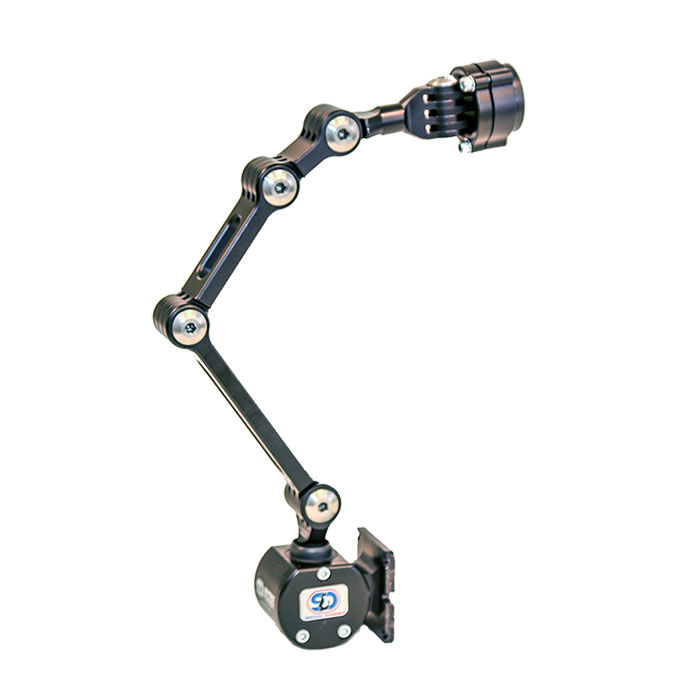Determining Resistance: Head Support
This blog is the third in a series on determining the optimal resistance when using dynamic components. The first blog in this series addressed determining resistance in the Dynamic Rocker Back Interface (DRBi) and the second blog addressed finding the optimal resistance when using Dynamic Footrests. In this final blog, we shall turn to the Dynamic Head Support Hardware.
How Much is too Much? Choosing Resistance.
The Dynamic Rocker Back Interface (DRBi) moves in response to client force as two elastomers are compressed. The energy stored in the elastomers helps the client to return to an upright starting position. These elastomers can be switched to change the level of resistance.
Clinician Interview: Brain Power!
I had the privilege to present with a group of colleagues on Dynamic Seating at the International Seating Symposium last year. One of my co-presenters was Suzanne Eason, OT/L who works at St. Mary’s Home in Virginia. Suzanne is very interested in the impact of movement on brain development. I recently had a conversation with my friend.
Peanut Butter and Jelly: Dynamic Footrests and Securing the Feet
In a recent blog, we discussed how, just like Bread and Butter, use of a Dynamic Back requires the use of a Pelvic Positioning Belt to maintain the position of the pelvis during movement of the Dynamic Back. Well, just like Peanut Butter and Jelly, use of Dynamic Footrests requires the feet to be secured in order for client forces to activate this dynamic component.
Bread and Butter: Dynamic Backs and Pelvic Positioning Belts
Just like Bread and Butter, Dynamic Backs and Pelvic Positioning Belts go together. Dynamic Backs are designed to allow movement at the pelvis and torso in response to client force and then return the client to a neutral starting position. A key component is the pelvic positioning belt, which is designed to maintain the pelvis in as neutral a position as possible in relation to the seating system. When that seating system moves, the pelvic belt is even more critical in maintaining pelvic position.
Will my client break the Dynamic Seating?
Dynamic Seating is often used to prevent equipment breakage, specifically the wheelchair frame and seating system. The Dynamic components absorb strong, repeated, sudden, and/or sustained forces, hence protecting vulnerable areas of the seating and mobility base. This was addressed in two prior Blogs (Dynamic Seating to Prevent Equipment Breakage, part 1 and part 2). But what about the Dynamic Components themselves? Just how durable are these?
Modular Dynamic Seating Components Vs. Integrated Dynamic Seating Systems
Modular components can be retrofitted to a mobility base and used individually or in combination with one another. Let’s take a look at Spencer’s transition from an Integrated system to Modular components.

